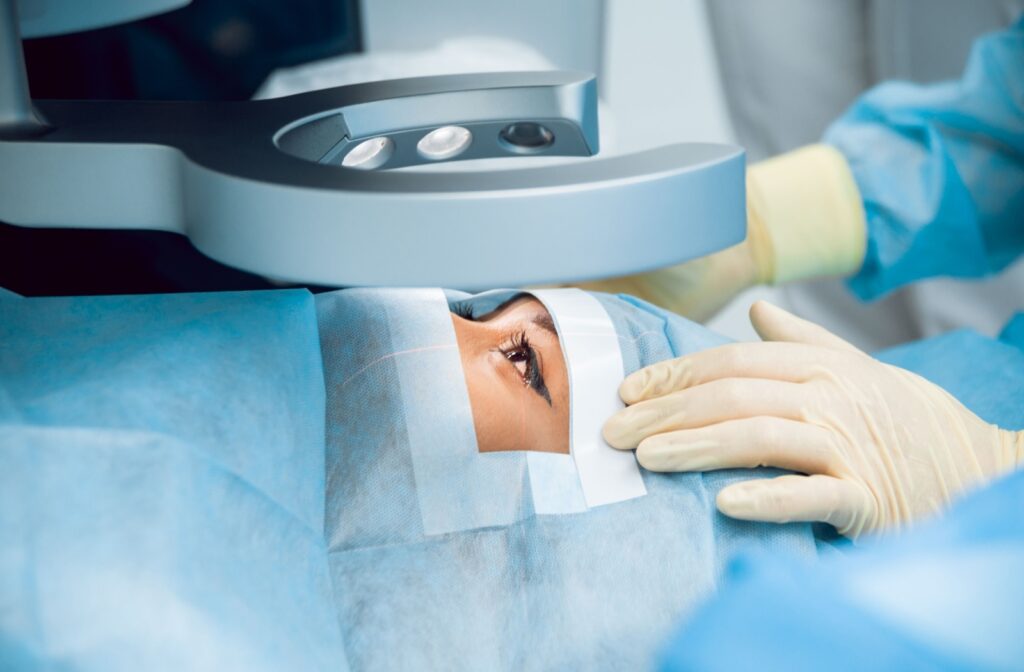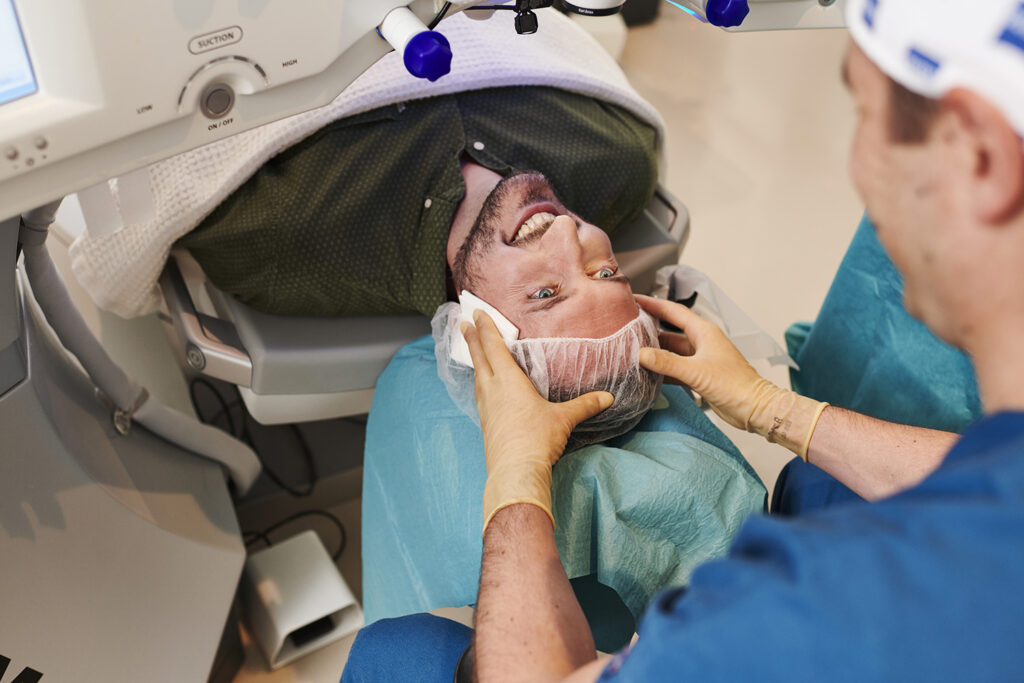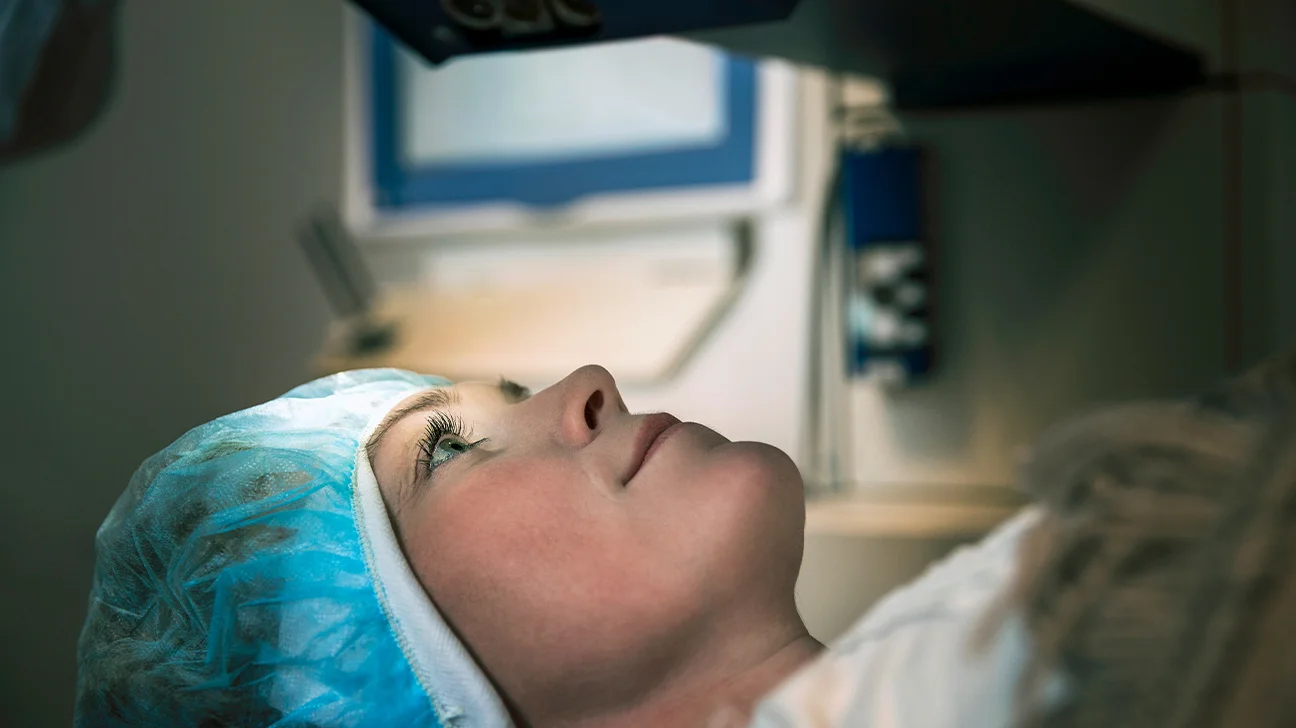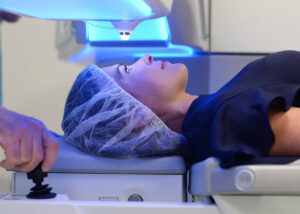Laser eye surgery has become a popular option for those seeking to improve their vision without relying on glasses or contact lenses. However, many prospective patients often wonder about the pain associated with the procedure. In this article, we will explore various aspects of laser eye surgery, addressing the common concerns related to discomfort and pain management.
Understanding Laser Eye Surgery
Laser eye surgery encompasses various techniques aimed at correcting common vision problems such as myopia (nearsightedness), hyperopia (farsightedness), and astigmatism. The most prevalent procedures include LASIK, PRK (Photorefractive Keratectomy), and LASEK. Each method involves reshaping the cornea using specialized lasers to improve vision. The advancements in laser technology have made these procedures increasingly safe and effective, with many patients achieving 20/25 vision or better post-surgery, allowing them to enjoy activities like reading, driving, and sports without the need for corrective lenses.
To understand the procedure thoroughly, it’s crucial to know how these techniques differ. LASIK, for instance, involves creating a thin flap in the cornea, allowing access to the underlying tissue. This flap is then replaced after the cornea is reshaped. Conversely, PRK removes the outer layer of the cornea entirely and reshapes the exposed tissue. Each procedure comes with its own set of considerations, which may influence a patient’s choice. For example, PRK may be recommended for patients with thinner corneas or those who participate in contact sports, as it eliminates the risk of flap-related complications. Understanding these nuances can help patients make informed decisions about their eye care.

How Does Laser Eye Surgery Work?
The fundamental principle behind laser eye surgery is the use of precise lasers to alter the shape of the cornea. By doing so, it changes how light rays enter the eye, directing them to focus sharply on the retina. Before the procedure begins, patients undergo a thorough eye examination to determine their specific vision problems and ensure they are suitable candidates for surgery. This pre-operative assessment often includes measuring the curvature of the cornea, assessing pupil size, and checking for any underlying eye conditions that could affect the outcome of the surgery.
During the surgery, patients are typically given numbing eye drops to minimize discomfort. The procedure itself generally lasts less than 30 minutes, with the laser treatment taking only a few minutes. Many patients are amazed at how quickly the process can transform their vision. After the surgery, patients are usually advised to rest for a short period and may be given protective eyewear to wear for a few days to shield their eyes from light and prevent accidental rubbing, which could disrupt the healing process.
Learn more at: How to Find the Best Laser Eye Surgery in Sydney
What Should Patients Expect During the Procedure?
Patients often report feeling minimal discomfort during laser eye surgery, thanks to the effective numbing drops used prior to the operation. Most individuals describe the sensation as a slight pressure rather than actual pain. The atmospheric environment of the surgery room, combined with the professionalism of the medical staff, helps to create a generally positive experience. Surgeons often take the time to explain each step of the process, which can alleviate anxiety and help patients feel more at ease as they undergo the procedure.
Some patients may experience brief moments of discomfort when the flap is created during LASIK procedures, but these sensations are usually fleeting. It’s important for patients to communicate with the surgeon if they experience any significant discomfort, as they are trained to address such concerns promptly. Post-operative care is also a critical aspect of the recovery process; patients are typically scheduled for follow-up appointments to monitor healing and ensure that their vision is improving as expected. This ongoing support helps to foster confidence in the results and reinforces the importance of adhering to the prescribed aftercare regimen for optimal outcomes. Find more about communicate at https://web.njit.edu/~lipuma/352comproc/comproc.htm
Managing Pain After Laser Eye Surgery
While the procedure itself is designed to minimize pain, some patients may experience discomfort in the hours following the surgery. This can manifest as a scratchy feeling in the eyes, light sensitivity, or mild soreness. However, these symptoms are generally temporary and manageable.

Post-Operative Care and Comfort
To help manage any post-operative discomfort, doctors typically prescribe over-the-counter pain relief options and recommend artificial tears to keep the eyes lubricated. It’s crucial to follow the aftercare instructions provided by the surgeon, including avoiding rubbing the eyes and adhering to a strict schedule for prescribed eye drops.
For the first few days after surgery, patients are advised to wear sunglasses when outdoors to protect their eyes from sunlight and glare. They should also avoid swimming or hot tubs for a certain period, as these environments can introduce bacteria that may lead to infection. Additionally, it’s beneficial for patients to create a comfortable recovery environment at home. This can include dimming lights to reduce glare and using a clean, cool compress on the eyes to alleviate discomfort. Staying hydrated and maintaining a healthy diet can also play a role in promoting healing and overall well-being during the recovery phase. to know more about bacteria click here.
Understanding Recovery Time
Recovery times can vary from patient to patient, but most individuals notice an improvement in their vision within a day or two after surgery. Full recovery typically occurs within a few weeks, during which some fluctuations in vision can occur before stabilizing. Regular follow-up appointments with the eye care provider will help ensure that the healing process is progressing as expected. During these visits, the doctor will assess the corneal healing and may adjust the treatment plan as necessary. Patients should be prepared to discuss any concerns or unusual symptoms they may experience, as open communication with the healthcare provider is essential for a smooth recovery.
Moreover, it’s important for patients to manage their expectations during this period. While many will experience significant improvements in vision, some may find that their eyes take longer to adjust. Engaging in light activities and avoiding strenuous tasks can help facilitate a more comfortable recovery. Patients should also be aware of the signs of potential complications, such as increased redness, swelling, or persistent pain, and seek medical attention if these occur. Understanding these aspects of recovery can empower patients to take an active role in their healing process and ensure they achieve the best possible outcomes from their laser eye surgery.
Common Concerns and Questions
It’s natural for prospective patients to have concerns and questions about laser eye surgery. Addressing these matters can ease anxiety and foster a more informed decision-making process.
What if I Have High Prescription Needs?
Patients with higher prescriptions or those who have previously undergone unsuccessful vision correction attempts might worry about their suitability for laser eye surgery. Fortunately, advancements in technology have made it possible for more individuals to benefit from these procedures. Consultation with a qualified ophthalmologist can provide personalized recommendations based on an individual’s eye health and vision goals.
Moreover, alternative procedures like implantable contact lenses (ICL) may be considered for those who do not qualify for laser options, ensuring that many patients have access to effective vision correction methods. It’s important to note that the evaluation process for high prescription needs often includes detailed assessments such as corneal mapping and wavefront analysis, which help in tailoring the treatment to the unique characteristics of each eye. This personalized approach not only enhances the likelihood of a successful outcome but also boosts the patient’s confidence in the procedure.
Is There a Risk of Complications?
As with any medical procedure, laser eye surgery is not without risks. However, serious complications are rare. Most side effects are temporary and may include glare, halos around lights, or dry eyes. By discussing these risks with the surgeon beforehand and following all pre- and post-operative instructions, patients can further reduce their chances of complications.
Additionally, many clinics offer comprehensive follow-up care to monitor recovery and address any concerns that may arise post-surgery. This ongoing support is crucial, as it allows patients to communicate openly with their healthcare providers about their experiences and any discomfort they may encounter. Understanding the potential for side effects and knowing that there is a support system in place can significantly alleviate anxiety and empower patients to make informed decisions about their vision correction journey.
Conclusion
For those contemplating laser eye surgery, understanding the procedure, potential discomfort, and recovery process can help alleviate fears about pain. While experiences may vary, many patients report minimal discomfort during and after the surgery, with the benefits of improved vision significantly outweighing any temporary sensations of discomfort.
Ultimately, a thorough discussion with a qualified eye care professional is the best way to address individual concerns and determine the most suitable option for your vision correction needs. With advancements in technology and a well-informed approach, many individuals find laser eye surgery to be a life-changing and pain-free solution.



